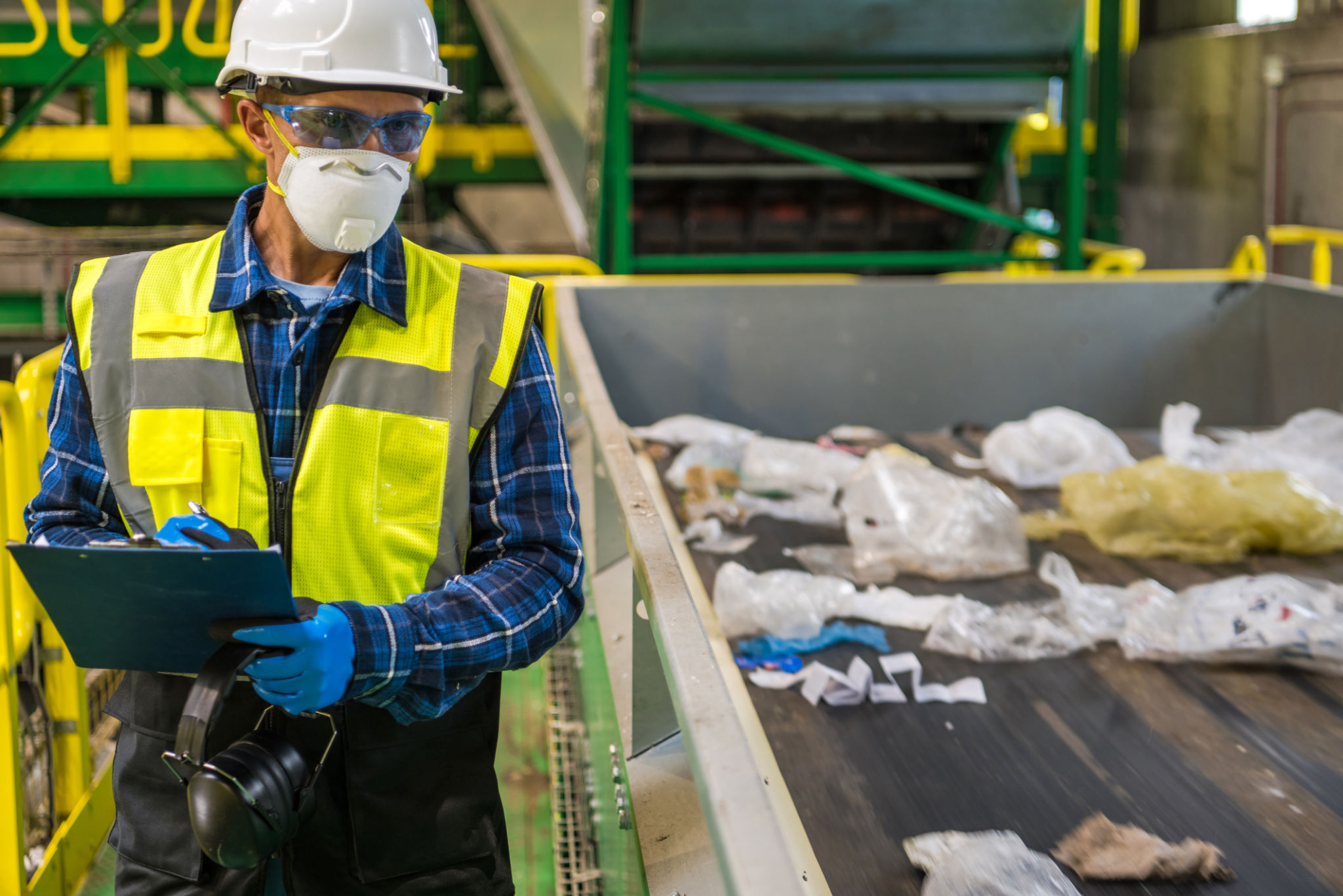The Importance of Effective Mercury Disposal: Protecting Manila's Environment
Understanding Mercury and Its Impact
Mercury is a naturally occurring element that can be highly toxic to both humans and the environment. It is commonly found in products such as thermometers, fluorescent bulbs, and some batteries. When these products are improperly disposed of, mercury can leach into soil and water systems, posing significant health risks. In Manila, where industrial activities and population density are high, effective mercury disposal is crucial to safeguarding the environment.
The dangers of mercury contamination are profound. Once released into the environment, mercury can transform into methylmercury, a neurotoxin that accumulates in fish and shellfish. Consumption of contaminated seafood can lead to serious health issues, particularly affecting the nervous system. This chain reaction highlights the importance of responsible mercury disposal to prevent ecological and health disasters.

Current Mercury Waste Management Practices
In Manila, waste management systems are still evolving to adequately address hazardous waste like mercury. While some facilities are equipped to handle toxic waste, many households and businesses remain unaware of proper disposal methods. This lack of awareness often leads to mercury being discarded with regular trash, increasing the risk of environmental contamination.
Local government units (LGUs) play a vital role in implementing and enforcing regulations for hazardous waste management. Partnering with environmental organizations and private sectors can enhance the effectiveness of these initiatives. Educational campaigns aimed at raising awareness about the dangers of mercury are essential for encouraging community participation in safe disposal practices.
Steps to Improve Mercury Disposal
To effectively manage mercury waste in Manila, several measures can be implemented:
- Strengthening legislation and enforcement for mercury disposal.
- Increasing public awareness through educational programs.
- Establishing more dedicated facilities for hazardous waste collection.
- Encouraging recycling programs for products containing mercury.

By adopting these strategies, Manila can significantly reduce the risks associated with mercury contamination. A collaborative approach involving government bodies, environmental groups, and the public is crucial for sustainable waste management.
The Role of Technology in Mercury Disposal
Technology plays an increasingly important role in improving waste management practices. Innovations in recycling and waste treatment processes can enhance the efficiency of mercury recovery and disposal. For instance, advanced filtration systems can capture mercury emissions from industrial processes before they enter the atmosphere.
Furthermore, mobile applications and online platforms can facilitate public engagement by providing information on disposal sites and guidelines. By leveraging technology, Manila can streamline its waste management systems and encourage more residents to participate in environmentally responsible practices.

A Call to Action for Manila Residents
The responsibility of protecting Manila's environment from mercury pollution falls on every resident. By being mindful of how we dispose of products containing mercury, we can collectively make a significant impact. Proper disposal not only protects our health but also preserves our natural resources for future generations.
Participating in community clean-up drives, attending workshops on hazardous waste management, and advocating for better policies are just a few ways to contribute. Together, we can ensure that Manila remains a vibrant and healthy place to live, free from the dangers of mercury pollution.
